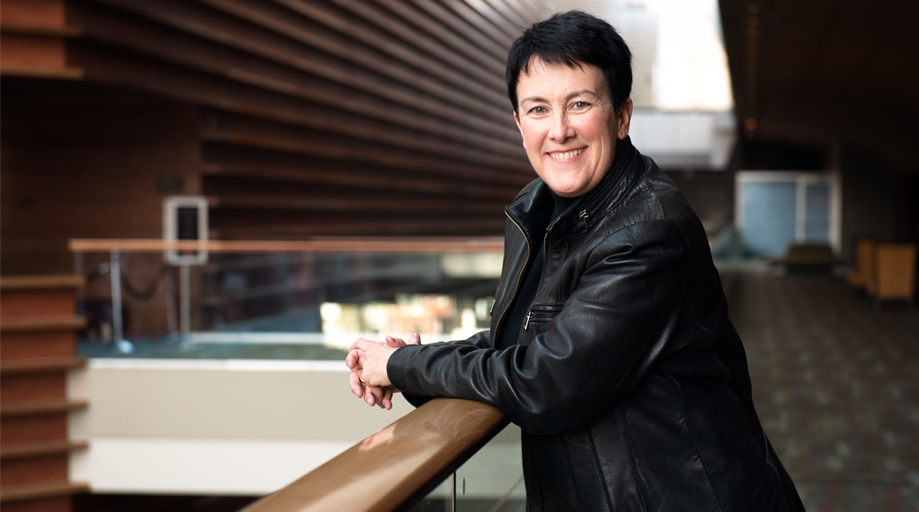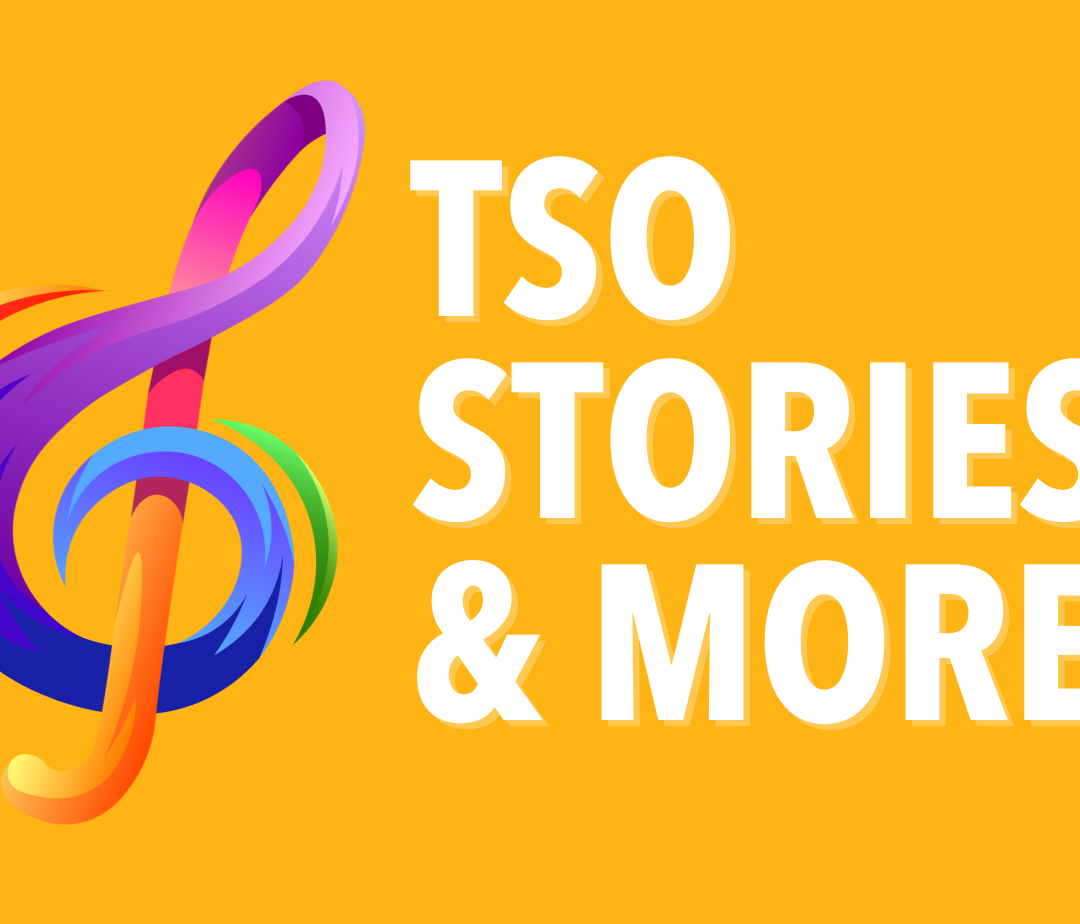On October 7 and 8, Maestro Gomez will lead the TSO on its premiere of Jennifer Higdon’s Cold Mountain Suite, a piece co-commissioned by the TSO, as part of the first Masterworks concert of the season. In advance of the concert, we sat down with Higdon, a living legend in the field of composition, to talk more about the piece, her work, and the world of new music today.
Strength in Numbers`
This co-commission is the largest that Higdon has ever worked with at a whopping 37 orchestras. Having such a large group definitely has its advantages, including the fact that the piece will be shared with many audiences around the country and that there were opportunities for refinement. Higdon continued working on the piece through the first performances- the version Tucson audiences will hear is the final after four iterations of changes. So, what does a composer do after hearing the piece for the first time? Says Higdon: “Making, changing melodies, changing where the lines are. Sometimes just simple things like dynamics or pacing. So, I tried to work out problems early on, things that might be making groups trip over things.”
No piece is ever the same, performed by two ensembles. Because this work has many solos, it gives Higdon a chance to hear even more nuance in the interpretation of the different orchestras.
“I love hearing how the musicians kind of put their own fingerprint on it, because music is such a shared experience,” says Higdon. “I don’t consider what I’ve written authoritative, part of the process is also letting the musicians bring their expertise to it.”
Adaptation
Transforming a piece from an opera to an orchestra suite isn’t as simple as just changing the instrumentation. For Cold Mountain, Higdon took the piece apart and put it back together again. This process involved cutting the piece down from a two-and-a-half-hour opera to a 20-minute suite, considering how instruments would carry the vocal lines, and re-ordering the piece to ensure that it was interesting for the audience and orchestra without the story.
“I realized that the opera’s order makes sense for the story I’m telling but that doesn’t mean it’s the most interesting order of music if you’re listening without knowing the story. So, I had to figure out a different order. My brain got very used to the way that the music unfolded and suddenly I had to rethink it with orchestra and try to figure out transitions, writing some new music to kind of get us from place to place in the suite. Instruments were going to be singing the melodies where normally there had been a person and what order should this new arrangement go in to keep it the most interesting for the audience and for the orchestra too. To keep it engaging. So, it was very hard.”
New Music is the Future
Higdon sees growth in the amount of new works being performed by orchestras across the country – her own work is being programmed almost every weekend. But for her, the growth of new music is about more than programming, it’s about representation.
“I’m starting to see that one of the ways orchestras can get more people in their community to feel like the music belongs to the community is to actually reflect more aspects of their community. So, that means that they have more women present as composers and what’s been surprising to me because I’ve been doing this awhile is how many women come up to me and say, “Oh thank goodness there’s a woman on the program.” So, I realized by having music of today you’re giving voice to today’s stories. That’s the biggest thing and people seem to want that. They want, basically, their world reflected in their music experience.”
Higdon elaborated on how she thinks new compositions can help orchestras appeal to multi-generational audiences.
“For young people, they do not associate the sounds and the speed, and the way things unfold in older classical music as having a melody or beat. So, they’re looking to things that are little bit more energetic. So, when I’m composing, I think about that. I wrote a bluegrass concerto before I wrote this opera, and that blue grass concerto gets done a lot. It’s designed to be a classical/bluegrass hybrid piece, but the piece is popular. I had this grandmother come up to me with her granddaughter and she said, “thank you for writing something that both me and my granddaughter like.”
When asked about her writing process, she said: “I still write it one note at a time, it’s exactly the same procedure Mozart used, Bach used. We’re all speaking the language of our day and I think also contemporary music has become even more melodic and I’m big on melody so that is all through this suite. You can tap your foot, you will feel the foot tapping kick in and you can hear the melodic lines – there’s tons of them.”
What’s next?
Higdon has many irons in the fire! This past weekend was the US Premiere of The Elements, a piece commissioned by violinist Joshua Bell and written by Higdon and four other amazing composers: Jake Heggie, Edgar Meyer, Jessie Montgomery, and Kevin Puts. She also has a strong quartet premiering with the Azure String Quartet, and multiple recording projects. Needless to say, she’s staying busy.
“…It’s an extraordinarily busy time, I’m amazed at how busy it is, but I’m lucky because the truth is my life as a composer is better than it was for Mozart and Beethoven and those guys. I get many more performances than they did during their lifetime. So, it’s a fascinating world. Most people don’t realize that. Composers say like ‘oh Beethoven is always on the program’ and I’m like you’re doing better than Beethoven did when he was alive. Believe me, you’re doing better.”


